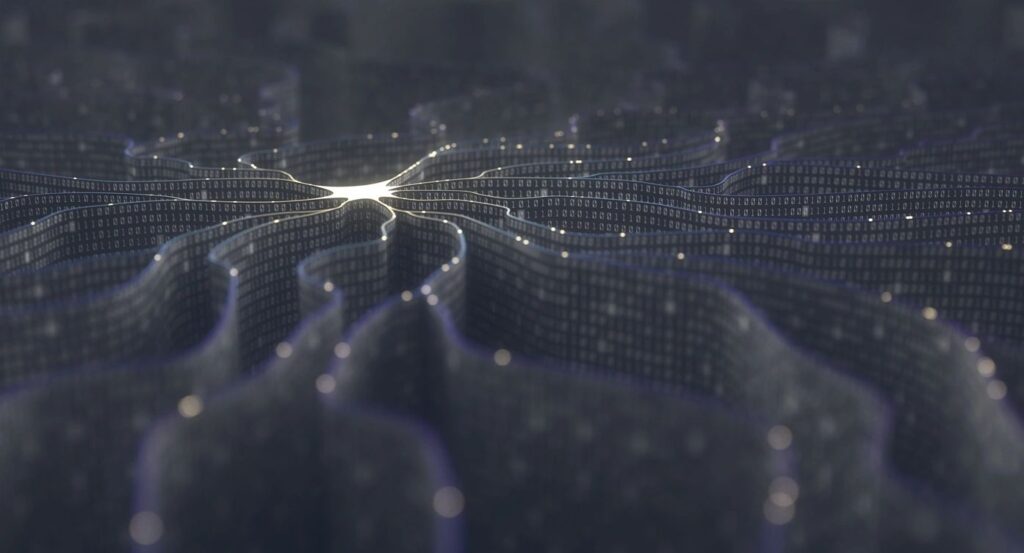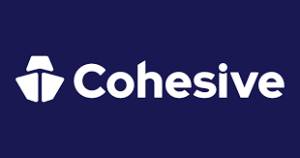The potential of artificial intelligence (AI) to enhance creative tasks has been a hot topic of discussion. A recent study, conducted by Anil Doshi and Oliver Hauser from University College London and the University of Exeter, delves into this issue, revealing mixed results. The study shows that while AI can help less creative individuals produce more original work, it may simultaneously reduce the overall creativity within a group. This finding, published in Science Advances, highlights a trade-off that could become increasingly common as AI tools integrate further into creative processes.
The experiment involved hundreds of participants writing very short stories, with one group writing independently and two groups receiving varying levels of assistance from the AI model GPT-4. The study aimed to assess the impact of AI-generated story ideas on the creativity and quality of the participants’ work.
Participants were divided into three groups:
- Independent Writers: Wrote stories without any AI assistance.
- Single AI Suggestion: Received one AI-generated story idea to use at their discretion.
- Multiple AI Suggestions: Received up to five AI-generated story ideas.
After writing their stories, participants rated their own work, and a second group of evaluators, unaware of the AI involvement, assessed the stories based on novelty, usefulness, and emotional enjoyment.
Measuring Creativity
Prior to the storytelling task, participants completed a word-production task to estimate their creativity levels. This proxy measure, while not flawless, is a widely used method in academic research to gauge creative potential.
The study revealed that individuals with lower creativity scores saw significant improvements in their story evaluations when they used AI-generated ideas. These participants produced higher-quality, more enjoyable, and more novel stories with the AI’s help.
Conversely, participants with higher creativity scores did not benefit from AI assistance. In fact, their stories often received lower ratings when they used AI-generated ideas, suggesting that the AI hindered rather than helped their creative process. This discrepancy indicates that while AI can be a valuable tool for those struggling with creativity, it may not enhance the work of naturally creative individuals.
Collective Creativity: A Concern
Beyond individual performance, the researchers analyzed the overall diversity of the stories. Using OpenAI’s embeddings API, they measured the similarity of stories within each group. The analysis revealed that access to AI led to less variation and more homogeneity in the stories. This trend suggests that widespread use of AI in creative tasks could reduce the collective novelty of creative outputs.
The researchers caution that if AI-generated content becomes more prevalent, it could lead to a “downward spiral” of creativity. As writers rely more on AI, the uniqueness of their work may diminish, resulting in a homogenized creative landscape.
Implications and Future Directions
While the study underscores AI’s potential to assist individual creativity, it also highlights the risk of reducing collective novelty. The findings are particularly relevant for industries such as publishing, where the adoption of AI could lead to less diverse and original content.
The researchers emphasize the importance of rigorous evaluation of AI’s impact on creativity. They advocate for a balanced approach, ensuring that AI tools are used to enhance, rather than diminish, the richness and diversity of creative ideas.
The study by Doshi and Hauser provides valuable insights into the complex relationship between AI and creativity. While AI can enhance the creative output of individuals with lower creative potential, it may simultaneously reduce the overall novelty of a group’s work. As AI continues to permeate creative fields, it is crucial to carefully consider its implementation to preserve and promote diverse and original creative expressions.
See also: New Senate Bill Aims To Safeguard Artists’ And Journalists’ Content From AI Use


















